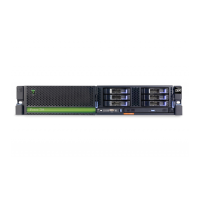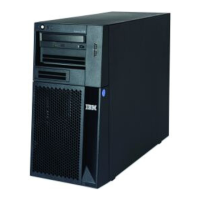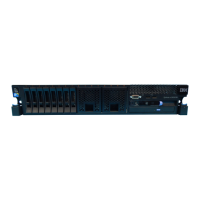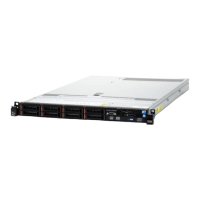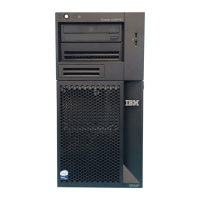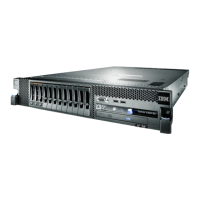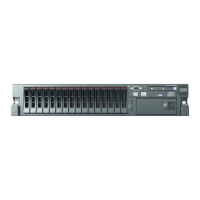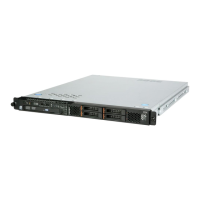IBM Licensed Programs: Database Accessories 531
IBM Licensed Programs: Database Accessories
– Global bills-of-material queries, where a user wants to return subparts of parts, and
subparts of subparts, and so on.
– Global path expression queries, where a user wants to calculate the lowest-cost plane
fares on multi-hop routes. For example, this query can be formulated using recursive
SQL:
Return all possible flights from San Jose to Perth without making a stopover in London
or Chicago and with no more than three plane changes
.
The combination of global user-defined types and functions can mask the multi-vendor
representation of the data and the definition of a set of functions that interpret the
multi-vendor data.
• Stored Procedures: DB2 DataJoiner now supports the invocation of stored
procedures. A stored procedure is an executable module stored on the database
server that is comprised of SQL statements and application logic that are performed
frequently. When a call to a stored procedure is made, only the instruction to invoke a
procedure is passed to the database server instead of passing individual SQL
statements. The SQL92 level of function for stored procedure calls is supported.
Stored procedures can greatly improve the performance of applications by minimizing
network traffic.
DB2 DataJoiner compensates for those data sources that do not support stored
procedures. In these situations, DB2 DataJoiner runs the stored procedure locally and
creates the instructions and SQL necessary for the remote data source to complete the
work.
DB2 DataJoiner can be used to invoke stored procedures on database servers that
support them such as DB2 for OS/400 Version 3.
With DB2 DataJoiner, application developers and database administrators have greater
flexibility in distributing data and applications across various platforms:
• DRDA Application Server: The Distributed Relational Database Architecture (DRDA)
Application Server (AS) capability allows DB2 for MVS, DB2 for VSE and VM
(SQL/DS), and DB2 for OS/400 applications (or any other application that implements
the DRDA Application Requestor functionality) to access data located in any of the
supported data sources (Oracle, Sybase, and so forth).
• Distributed Unit of Work: Distributed Unit Of Work (DUOW) functionality, also known
as
Two-Phase Commit
, provides the capability for an application to read or update
tables in more than one database from within a single unit of work with full data
integrity.
For example, money withdrawn from a bank account in one country can be deposited into
an account in another during the same transaction. Because these multiple units of work
are performed during the scope of a single global transaction, the integrity of the data is
assured via Two-Phase Commit feature, even in the case of equipment failure.
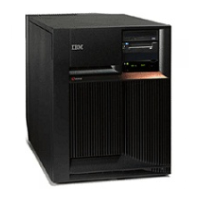
